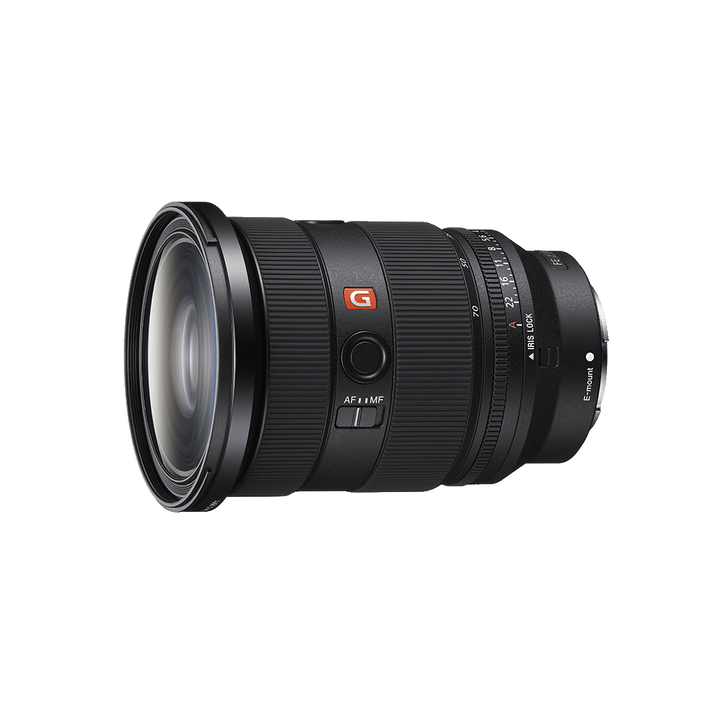Product Description
Sony FE 24-70mm F2.8 G II Master Lens
- Full-Frame | f/2.8 to f/22
- Fast Standard Zoom
- 22% Lighter, 18% Smaller than Previous
- Four XD Linear AF Motors, Floating Focus
- Aperture De-Click and Lock Switches
- Zoom Smoothness Switch
- XA and Super ED Elements
- Nano AR Coating II and Fluorine Coating
- Dust and Moisture-Resistant Construction
- Rounded 11-Blade Diaphragm
Incredibly Sharp:
Two ED (Extra Low Dispersion), two Super ED, two XA (Extreme Aspherical) and three aspherical elements ensure outstanding resolution in this constant F2.8 aperture G Master standard zoom lens, delivering high corner-to-corner resolution and beautiful bokeh. This is an excellent Sony full-frame lens for stills photography, content creation and videography.
Beautifully Smooth Backgrounds:
A circular 11-blade aperture on this Sony G Master 24-70mm lens creates beautiful circular background bokeh defocus effects with a constant F2.8 aperture.
Fast and Precise Autofocus
Four XD (Extreme Dynamic) Linear Motors with their complex construction deliver faster, more accurate focusing for filmmaking and photography. You won't miss a shot with this standard zoom camera lens.
Bright in All Weathers
A constant F2.8 maximum aperture throughout the zoom range keeps the brightness even when the focal length changes. The front element on this Sony G Master lens features a fluorine coating that repels water, oil and other contaminants, while making it easy to wipe off any contaminants or fingerprints.
Professional Ergonomics
A dust- and moisture-resistant design, along with versatile controls, makes this Sony G Master lens ideal to use in the most difficult scenarios—both indoors and outdoors. Focus breathing feature compatible.
For full specifications click Here



























